In the world of semi-trailer manufacturing and transportation, the term “snubbing” often comes up in discussions regarding safety protocols and operational efficiencies. As a critical aspect of trailer operation, particularly in the context of load management and towing, understanding the intricacies of snubbing is essential for manufacturers, fleet operators, and drivers alike. In this article, we will dissect the concept of snubbing, its significance, and the best practices associated with it to ensure safe and effective operations.
1. What is Snubbing?
1.1 Definition of Snubbing
Snubbing, when it concerns semi-trailers, refers to the technique employed to control the movement of a trailer in relation to a towing vehicle during braking or when dealing with sudden stops. This action is crucial for maintaining stability and safety, preventing the trailer from swaying, rolling, or jackknifing—potential hazards that can occur during different driving scenarios.
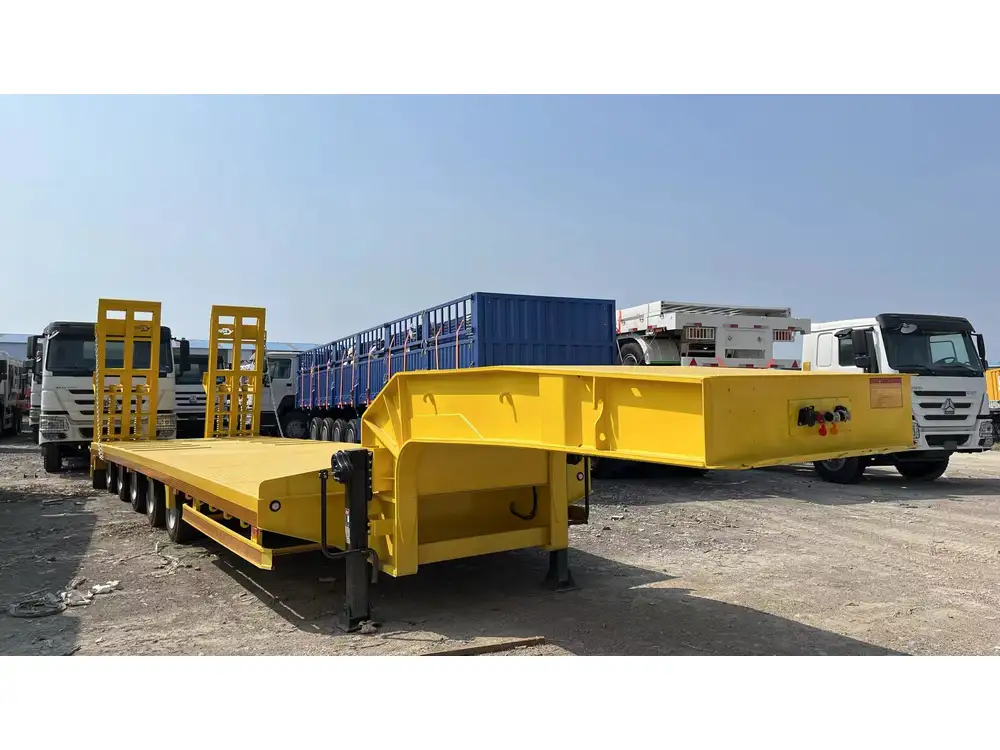
1.2 Key Principles of Snubbing
- Controlled Deceleration: Snubbing involves gradual deceleration to manage momentum effectively.
- Weight Distribution: Understanding how the weight is distributed on the trailer plays a significant role in successful snubbing.
- Brake Application: Proper use of brakes is critical; both the truck and trailer brakes should be engaged appropriately to avoid skidding.
2. The Importance of Snubbing in Semi-Trailer Operations
2.1 Safety Considerations
Effective snubbing techniques directly impact the safety of the trucking operation:
- Preventing Accidents: Proper snubbing minimizes the risk of accidents by ensuring better control over the trailer during dynamic movements.
- Maintaining Load Integrity: Snubbing helps in keeping the load secure, which is especially important for fragile or shifting cargo.

2.2 Operational Efficiency
By mastering the snubbing technique, operators can significantly enhance their operational efficiency:
- Reduced Brake Wear: Proper snubbing techniques can lead to less wear on brakes, translating to more extended maintenance intervals and reduced costs.
- Enhanced Trailer Stability: Ensuring that the trailer remains stable during transit allows for faster delivery times and improved overall productivity.
3. Techniques for Effective Snubbing
3.1 Pre-Trip Inspection
Before beginning any journey, conducting a thorough pre-trip inspection of the semi-trailer is essential. Ensure that:
- Brake Systems: Check the functionality of both the truck’s and the trailer’s braking systems.
- Coupling Mechanism: Confirm that the hitch and coupling components are secure and functioning correctly.
- Load Balance: Inspect the load inside the trailer for even weight distribution.
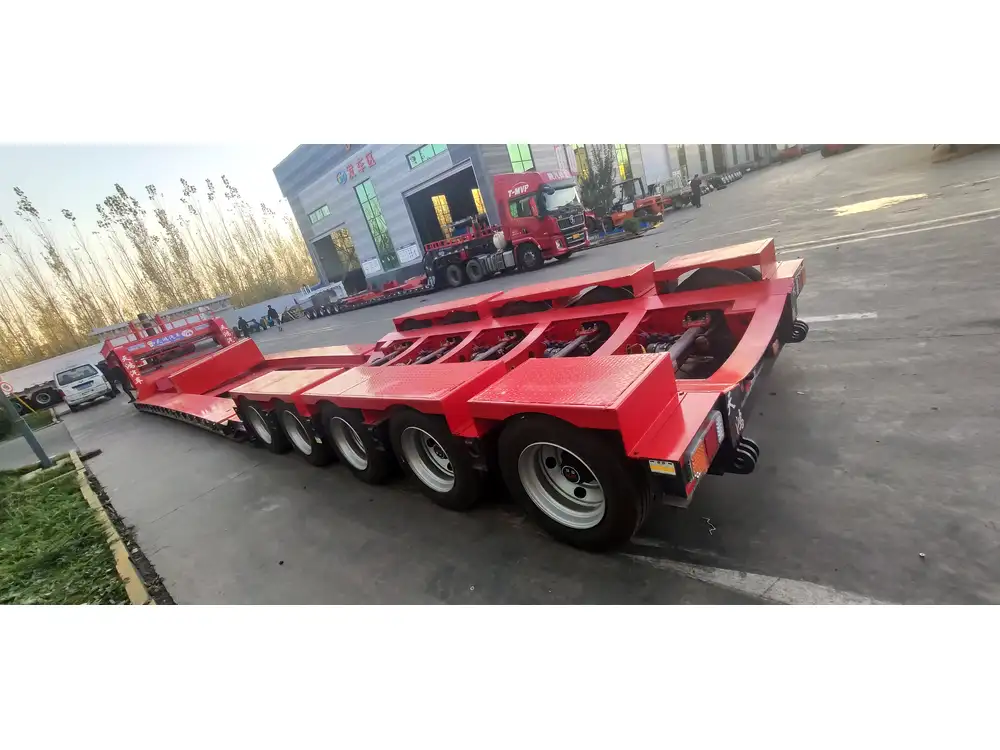
3.2 Performing Snubbing During Braking
Snubbing should become second nature during braking. Here are the steps to follow:
| Step | Description |
|---|---|
| 1. Anticipate | Keep a safe distance from the vehicle ahead to anticipate stops. |
| 2. Gradual Brake | Apply the brakes in a controlled manner to avoid sudden stops. |
| 3. Trailer Brake | If equipped, engage the trailer brakes at the right moment for symbiotic braking. |
| 4. Modify Speed | Adjust speed according to road conditions and load weight. |
3.3 Adjusting for Road Conditions
Different road conditions require adaptability in snubbing techniques:
- Wet or Icy Roads: Increase following distance and apply brakes more gently to avoid skidding.
- Inclines and Declines: Familiarize yourself with the terrain; descend slowly and use engine braking where possible.
4. Common Issues and Solutions Related to Snubbing
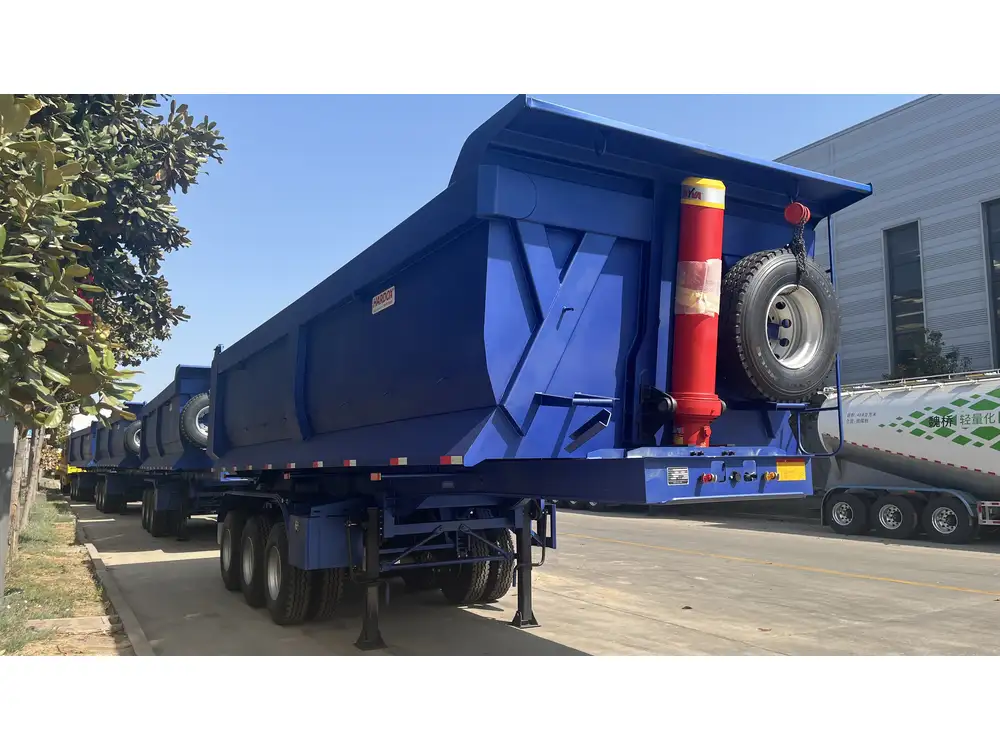
4.1 Jackknifing Scenarios
Jackknifing occurs when the trailer swings out and folds against the towing vehicle. This can largely be mitigated through:
- Proper Speed Management: Never exceed speed limits, especially in poor weather.
- Use of Anti-Skid Technology: Equip vehicles with modern anti-lock braking systems (ABS) that help maintain wheel traction.
4.2 Trailer Sway
Trailer sway can lead to erratic movements, potentially resulting in loss of control. To counteract sway:
- Weight Distribution: Ensure that loads are evenly distributed and securely fastened.
- Sway Control Devices: Consider installing sway control systems that stabilize trailer motion.
4.3 Brake Failure
While brake failures are rare, they can lead to catastrophic failure if not addressed:
- Regular Maintenance: Schedule routine maintenance checks on braking components.
- Emergency Procedures: Train drivers on emergency maneuvers to bring the vehicle to a halt safely.
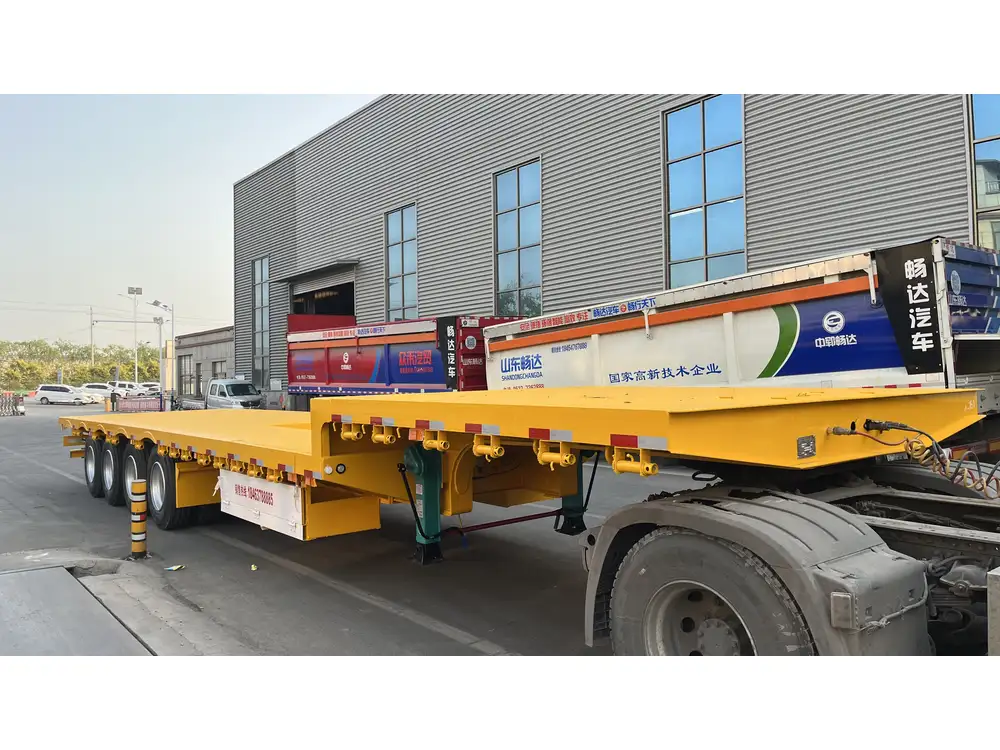
5. Innovations in Snubbing Technology
5.1 Advanced Braking Systems
Modern semi-trailers are increasingly equipped with advanced braking systems that enhance snubbing. These include:
- Electronic Braking Systems (EBS): Allow for quicker response times and improved control during sudden stops.
- Stability Control Systems: Sensors that detect trailer swaying and apply brakes accordingly to counteract it.
5.2 Load Monitoring Systems
Innovations in load monitoring equip trailers with systems to ensure optimal weight distribution, which directly influences snubbing efficiency.
| Feature | Benefits |
|---|---|
| Weight Sensors | Real-time data on load distribution. |
| Dynamic Load Adjustment | Adjusts braking force according to load changes. |
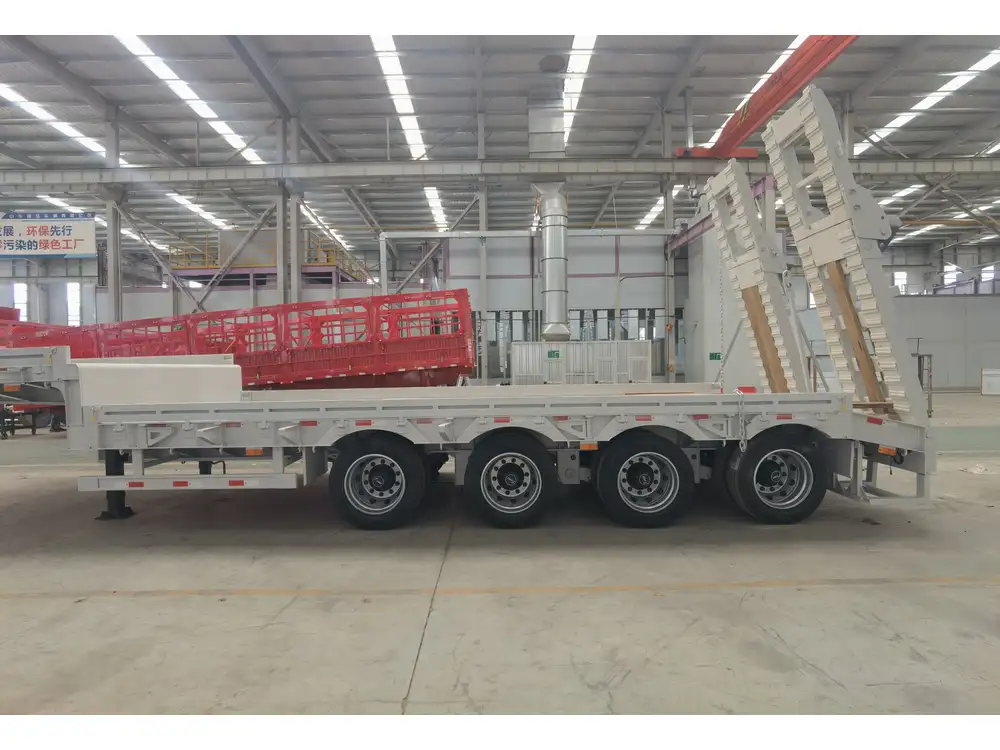
6. Conclusion: Mastering Snubbing for Enhanced Safety and Efficiency
Snubbing is more than a technique; it’s a pivotal aspect of semi-trailer operations that impacts safety, efficiency, and overall performance. By understanding what snubbing is, its importance, and how to execute it effectively, operators can significantly enhance their safety protocols and operational efficiencies.
Investing time in training and adopting contemporary technologies will equip drivers with the necessary skills to ensure safe travels. As a manufacturer, it is also imperative to stay updated with cutting-edge innovations surrounding braking systems and load management technologies that can substantially improve snubbing efficiency.
Engaging in ongoing education about snubbing methodologies will empower fleets to navigate the complexities of semi-trailer operation adeptly, reducing risks and always ensuring that safety takes precedence on every journey. By embracing these practices, we not only safeguard our operations but also pave the way for a more secure and reliable transportation industry.



